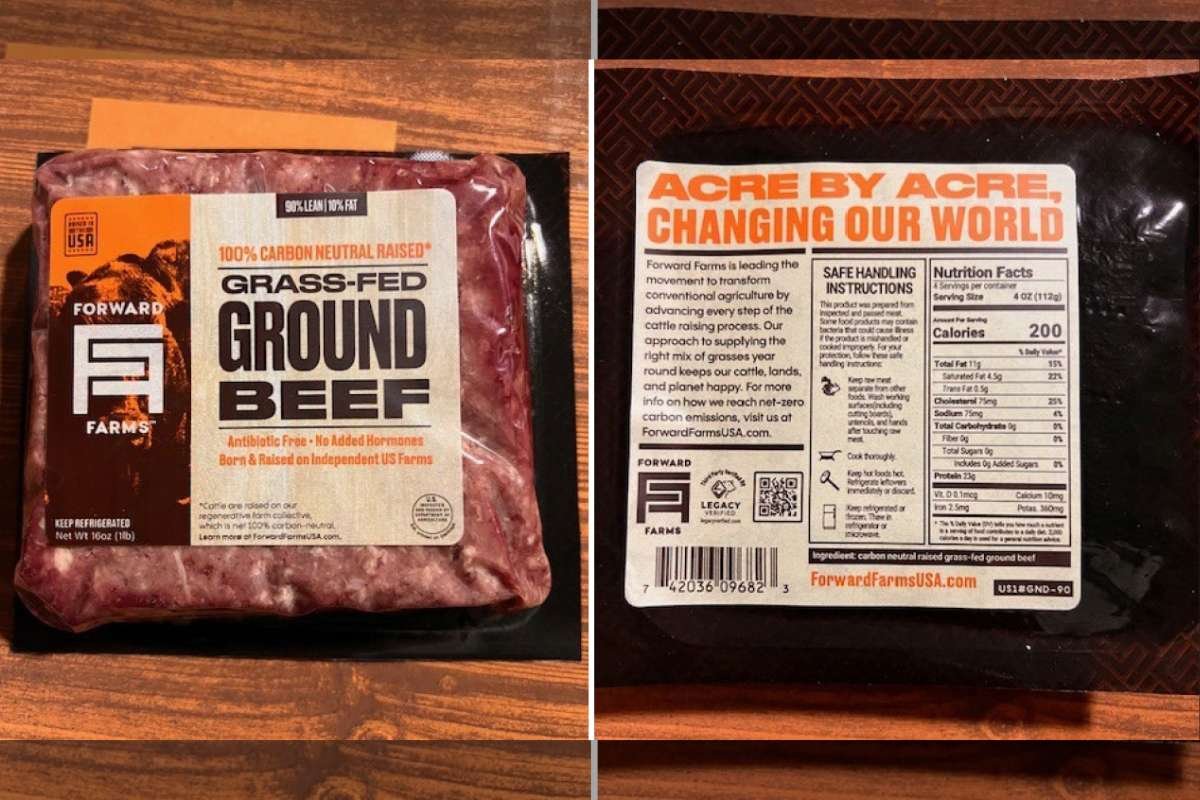President Donald Trump’s announcement of a 50% Copper tariff on imported copper set to take effect on August 1, 2025, has jolted markets and industries alike. Citing national security and economic preparedness, the administration framed the tariff as a measure to strengthen U.S. resilience in a time of increasing global conflict and supply chain risks.
The United States imports over half of its refined copper, making the proposed Copper tariff particularly disruptive. Immediately following the announcement, U.S. copper futures surged 13%, reaching a record high of $5.69 per pound. This created a U.S. market premium of roughly 28% above the global benchmark.
Sensing an opportunity, commodities traders began shipping hundreds of thousands of tonnes of refined copper into the U.S., reportedly securing profits of up to $520 per tonne. Analysts estimate the trade arbitrage could yield a $300 million windfall in the coming months.
U.S. Manufacturers Grapple with Uncertainty and Rising Costs
Despite the short-term trading frenzy, U.S. manufacturers are sounding alarms. Industry leaders are urging the administration to clarify whether the Copper tariffs will apply solely to refined copper or also to scrap, wire rods, and semi-finished goods.
Daimler Truck North America’s CEO, John O’Leary, called the ambiguity “deeply frustrating,” stating it prevents long-term planning and procurement. Many firms had begun stockpiling copper before the announcement, temporarily cushioning the impact. But analysts at Morgan Stanley and Barclays warn that once inventories run low—likely by early 2026—companies will begin to feel the full brunt of increased costs. Vehicle manufacturers, for instance, could see material costs rise by $110 to $700 per unit depending on the copper content.
While domestic cable manufacturers like Prysmian may benefit due to their reliance on recycled and U.S.-sourced copper, broader industry sentiment remains cautious. Aerospace and defense firms are particularly concerned about maintaining secure, consistent access to the critical metal.
Policy Critics Question Long-Term Impact on U.S. Manufacturing
Economists and policy experts are divided on whether the copper tariff will achieve its intended goal of revitalizing domestic manufacturing. A Bloomberg Opinion column argues that tariffs alone are unlikely to reverse decades of offshoring, especially when the U.S. lacks sufficient refining and smelting infrastructure.
Instead of incentivizing domestic production, critics suggest the tariff could inflate input costs across key industries—electronics, semiconductors, and shipbuilding—ultimately hurting the very sectors it aims to support. Some suggest alternative strategies, such as investment incentives, mine permitting reform, and targeted subsidies, may be more effective in securing America’s industrial base.
Kevin Hassett, former White House economic adviser, has defended the policy, saying it prepares the U.S. for “a time of war,” ensuring access to critical materials under stress scenarios. But others warn that, without clear implementation and broader infrastructure investment, the tariff could end up being more symbolic than strategic.
The 50% copper tariff is already reshaping global trade flows, raising prices, and adding to uncertainty in U.S. manufacturing. Whether it leads to long-term industrial revival or unintended economic strain will depend on how clearly—and quickly—the administration defines its scope and follows through with broader support for domestic production.


















